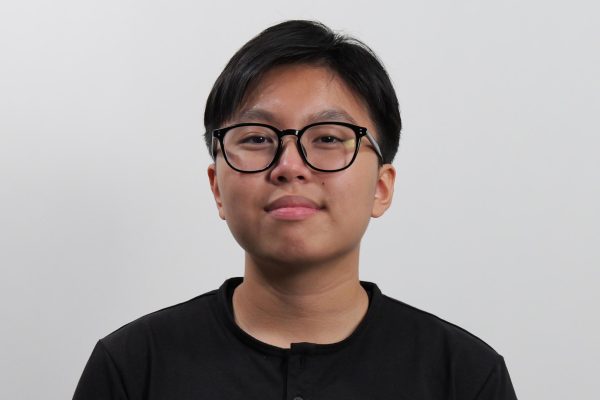Holding a charcoal stick delicately in her hand, Megan Meier dragged strands of hair onto paper, leaving a dark residue on her fingers.
The drawing, “Struggle: A Self-Portrait,” shows her face partially covered by her hands with a charcoal background.
“I think [my art’s] a lot about my own personal experiences. Having to start over, actually being busted up and having to heal and put those pieces back together,” Meier said. “So when people see my artwork … I feel like they can relate to that in certain ways.”
The charcoal drawing is hung in a small hallway at TR Campus in a section that serves as studio space for art students like Meier. She can often be found in the studio drawing in her sketchbook or working on her next assignment for her Drawing II class.
Art wasn’t always Meier’s passion. She had a career in forensic science, working as a crime analyst at the FBI cybercrime office in San Antonio.
Then, as she trained for a triathlon in 2015, Meier was hit by a car while cycling. The accident left her with 10 broken bones, a fractured skull and a traumatic brain injury.

“After that, it was a lot of therapy — speech therapy, vision therapy, physical therapy. I had to basically start over,” she said.
Meier had several surgeries to try to save her badly broken left leg, but in 2019, doctors amputated it.
While in recovery, she stopped working in forensics because she felt the job was too physically demanding. The long journey ahead meant Meier would spend a lot of time doing things like Sudoku to stave off boredom.
Her speech therapist suggested art therapy instead.
Meier’s only previous experience with art was a lackluster high school ceramics class and a forensic art class she took at university. Meier said the hardest and most stressful part of forensic arts was sketching people from descriptions.
“You don’t want to get it wrong, because if your description or picture you drew [of] a suspect doesn’t look anything like them … you might just cause a whole lot of trouble,” she said.

Meier started drawing in 2020. She already had a grasp on anatomy from her career in forensics, so in the beginning, she focused on bettering her technical drawing skills.
“I’d bring a sketchbook to therapy, since I was there like all day, three days a week,” Meier said. “It’s like [filling] the time in between appointments or things like that. And then I started thinking, ‘Well, these pictures aren’t looking quite how I want them.’ ”
Her husband noticed her drawings and suggested taking a class because they were starting to look good. Meier was hesita
nt at first to go back to school.
“Starting over is not nice, because it feels like you didn’t accomplish anything before, even though you did,” she said. “It’s just something different now.”
Meier took her first art class, Drawing I, with former SE adjunct Laura Lawson, who now teaches at Dallas College. Lawson said Meier came to her class already advanced and dedicated.
“When I first saw her work, she had a lot of technical skill,” Lawson said. “I’m still in touch with her now, and seeing her new work, she’s gotten really good at being able to tell more of a story with her art and having a deeper meaning behind the compositions that she’s crafting.”
Being in that class helped

Meier improve her art through learning from the people around her. She said her final drawing, which took 30 hours to complete, ended up looking amazing.
“By the end of the semester, [my art] made a complete turnaround,” Meier said. “I was like, ‘Oh, this makes sense.’ “
This semester is the second time Meier has taken a class with TR art professor Angel Fernandez. He said Meier is disciplined and determined to accomplish what she wants in her art.
“It’s really awesome when you have someone like Megan in class, because other students see what that student is doing,” Fernandez said. “So I think it really elevates the quality of the work that comes out of those Drawing II students.”
Fellow TR art student Azul Romo said she has been inspired by Meier’s art, and her own work has also gotten better.
“I’m not gonna lie to you, I am kind of competitive. And when I see something, I’m like, ‘I can totally do that,’ ” Romo said. “She was also giving me tips for a lot of things, and I tried to add them to my drawings.”

Meier’s work often features personal themes including fragmentation and mental health.
Her work “Insecurity” features a broken statue with cracks on its skin and missing body parts with moths resting on it. Another piece called “How to Say Goodbye” depicts two arms grasping each other and is about Meier’s father, who is terminally ill and in hospice. In the latter, Meier experiments with combining printmaking and drawing which she plans to take with her to Texas Christian University, where she’s applying to.
Lawson said she appreciates how open-ended Meier’s themes are.
“She was never trying to tell us, as her viewers, what to think,” she said. “You can pull a lot of different meanings from her art … One drawing that maybe has florals in it, or a skeleton in it or something, could make you think about life and death, but also about healing or hope.”
For Meier, art was only supposed to be a way to get through the boredom after the accident. But now, it has helped her heal emotionally.
“I’m connecting with somebody, and I don’t actually have to say anything,” Meier said. “Even if my words fail me, I’ve created something that can communicate to somebody.”

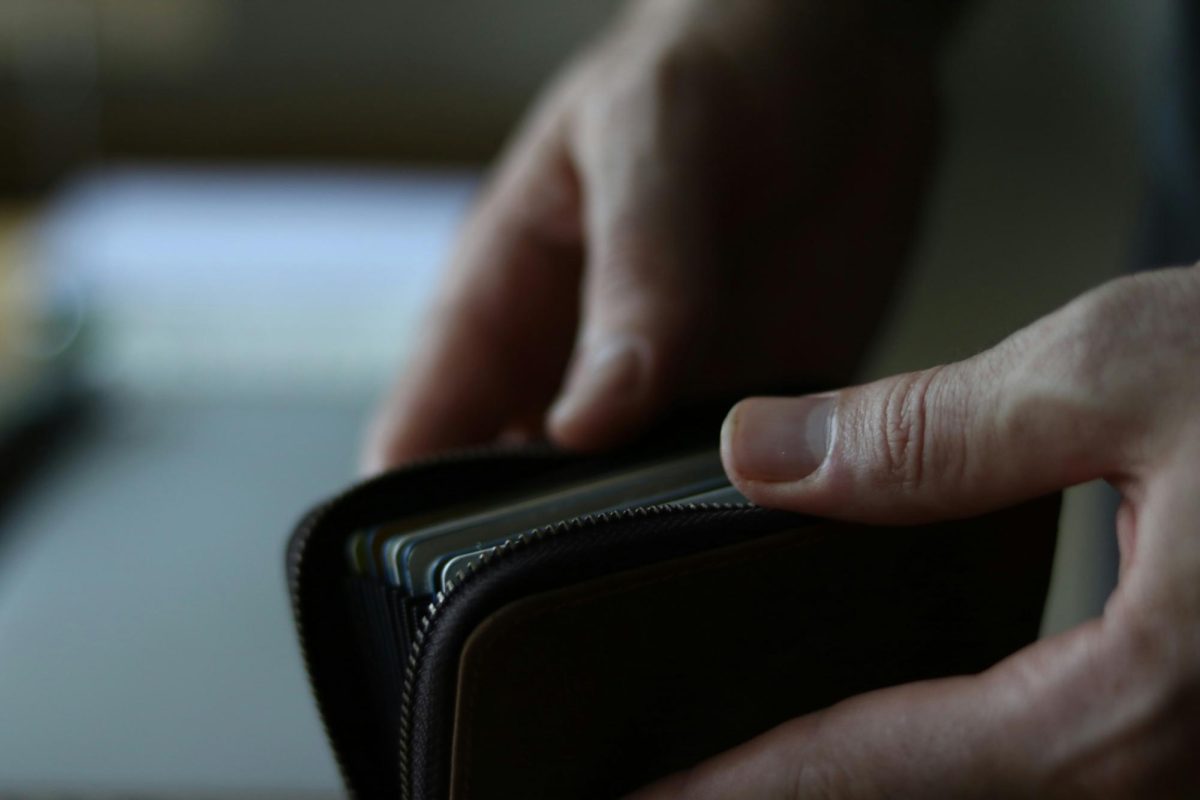
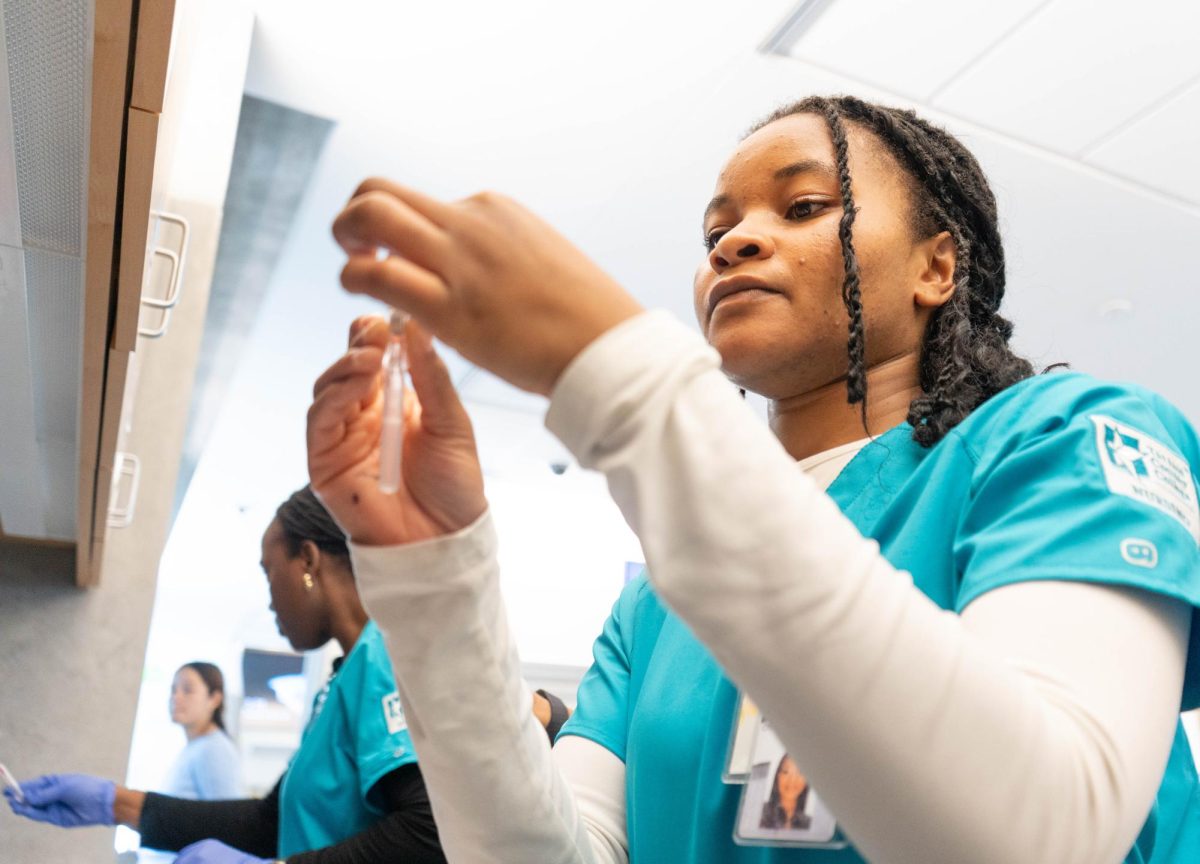
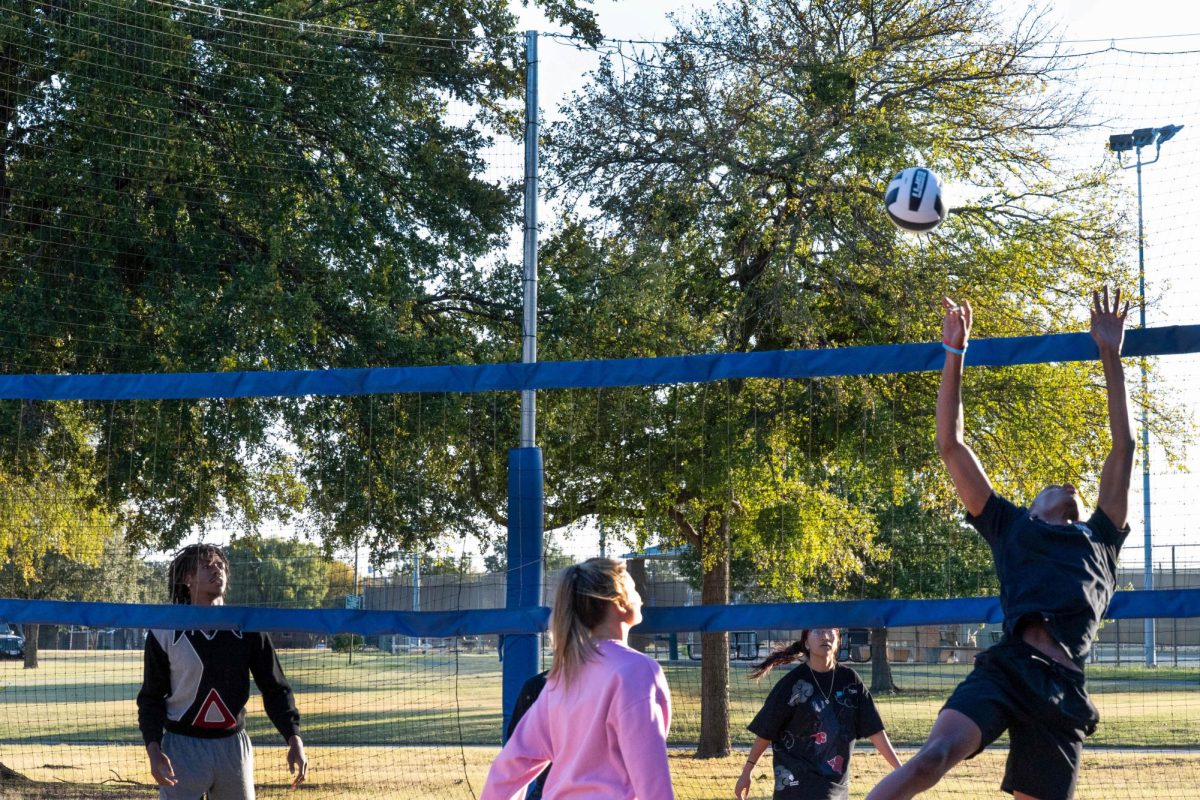

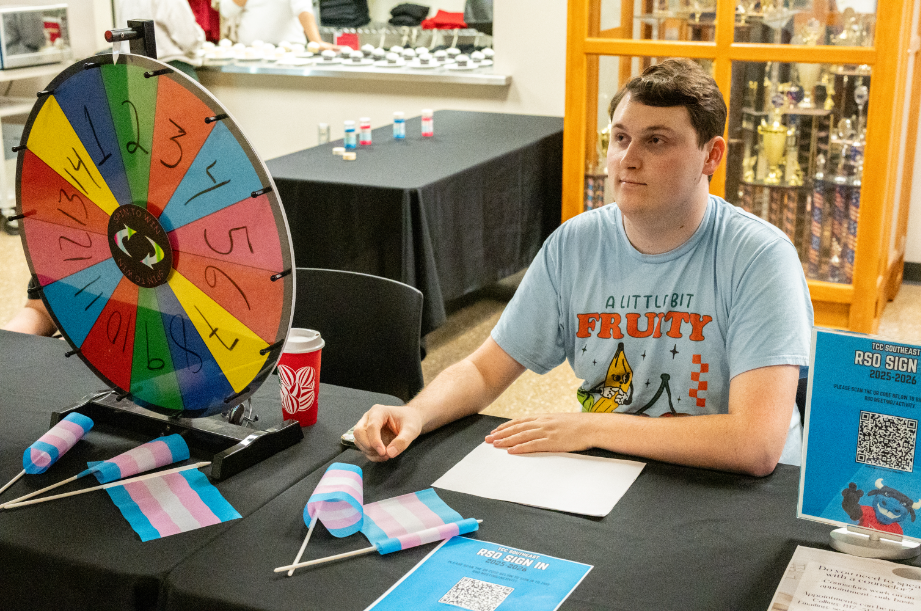
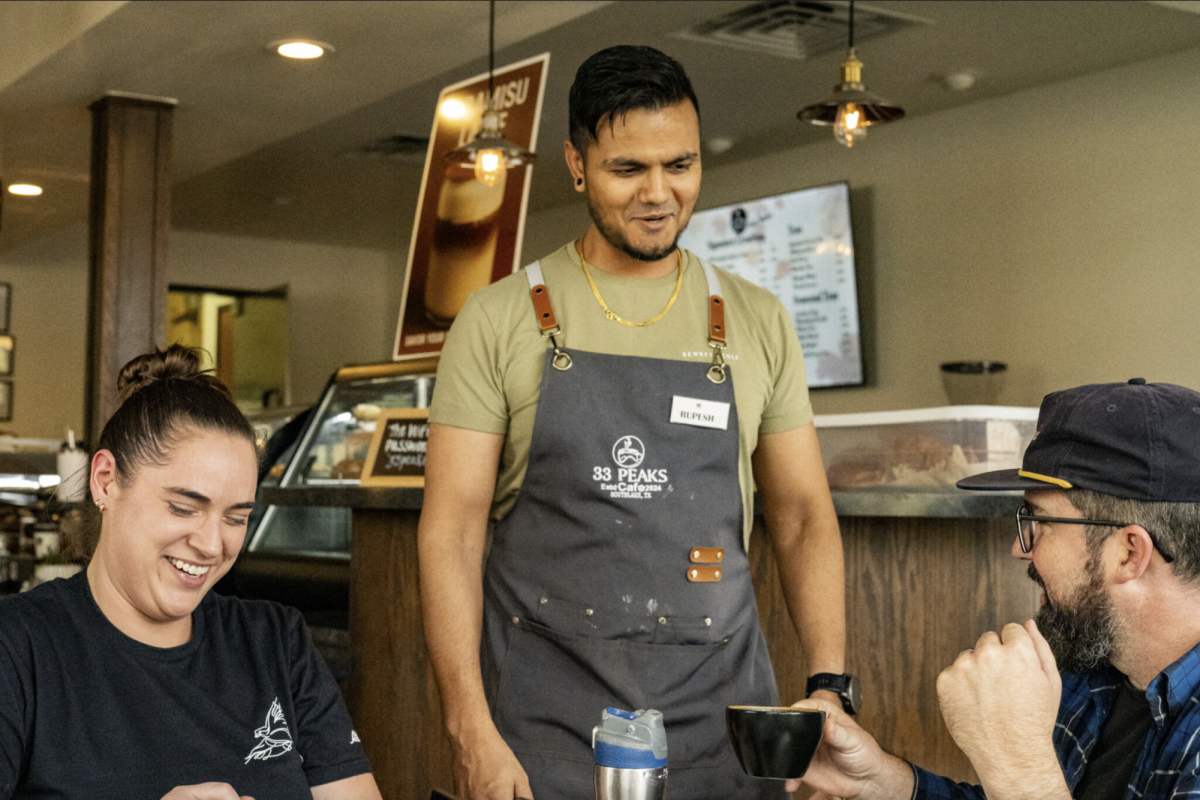
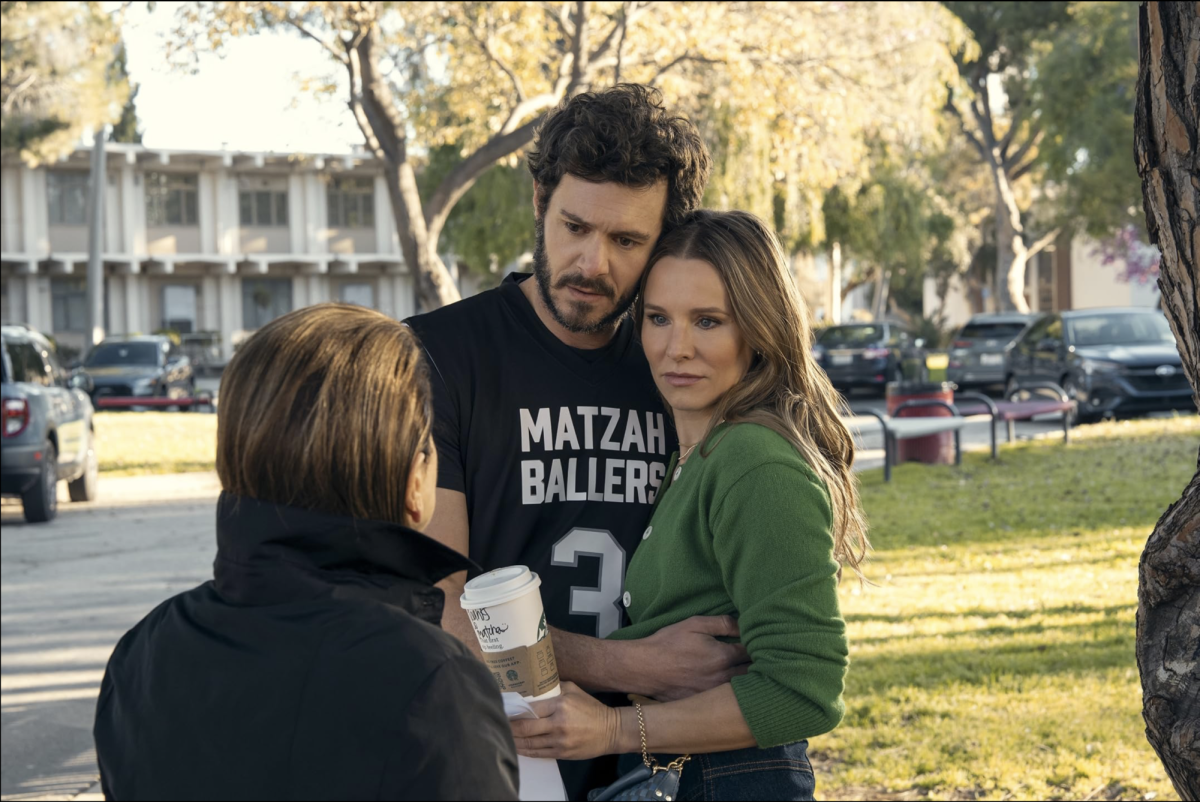
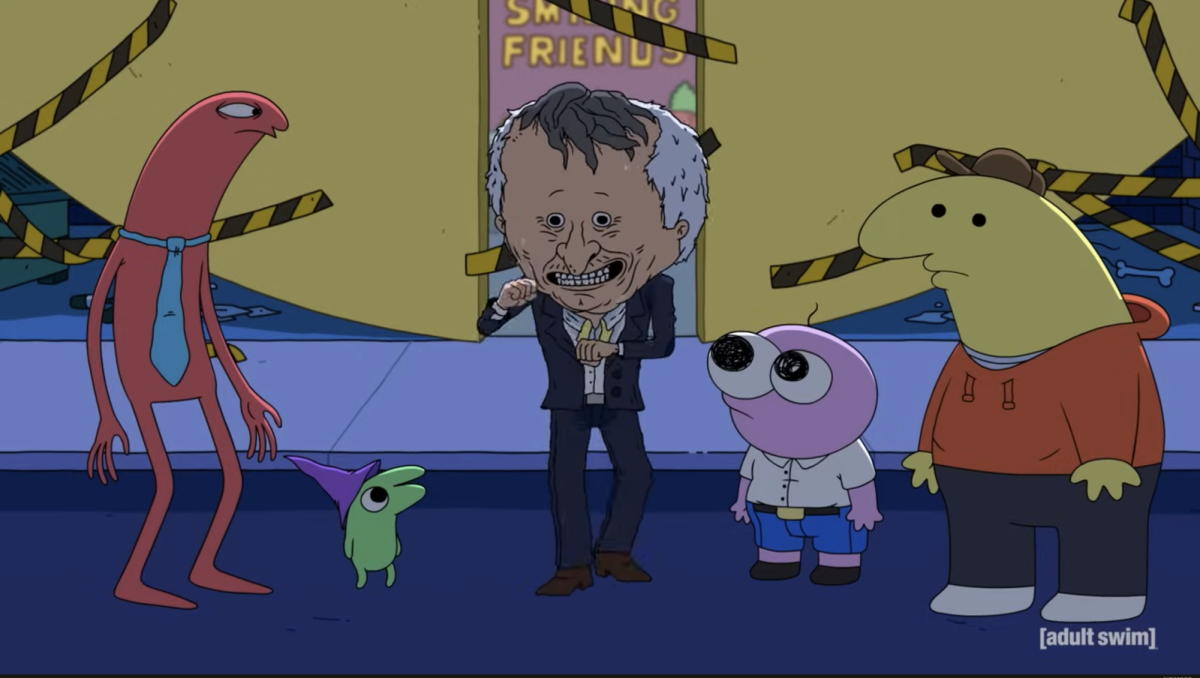
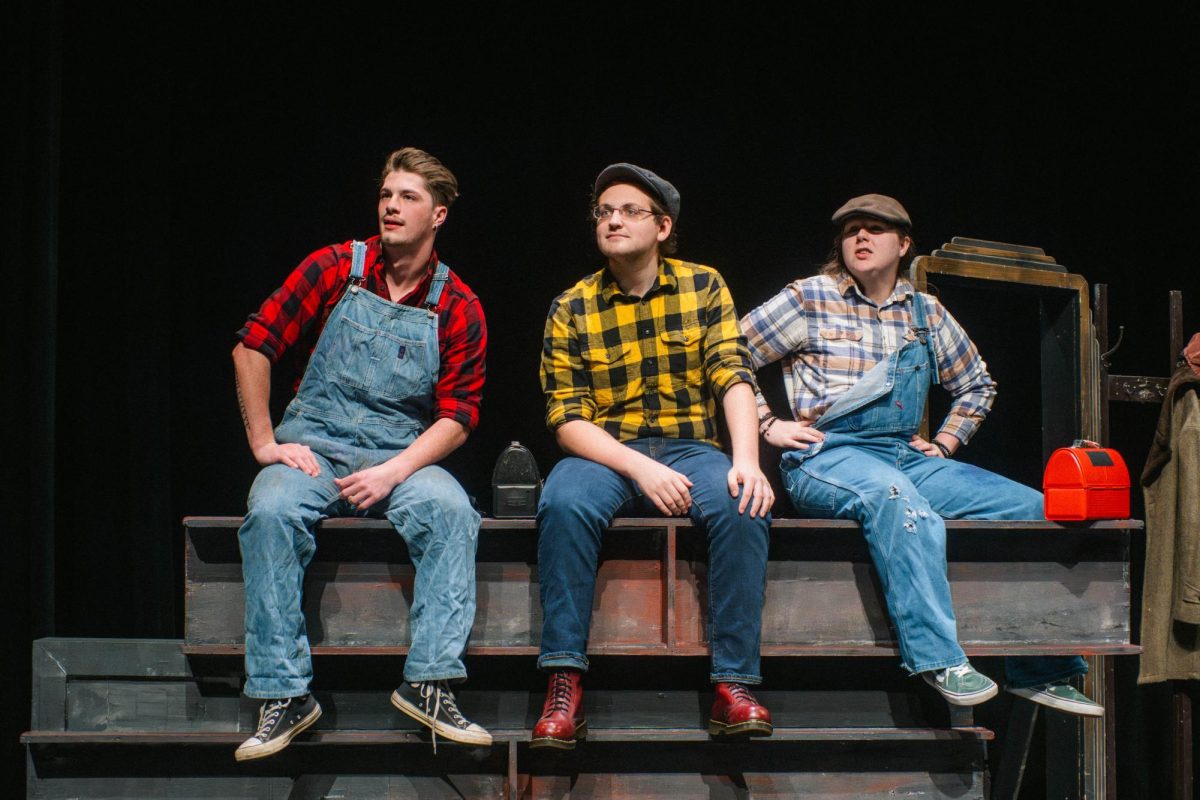
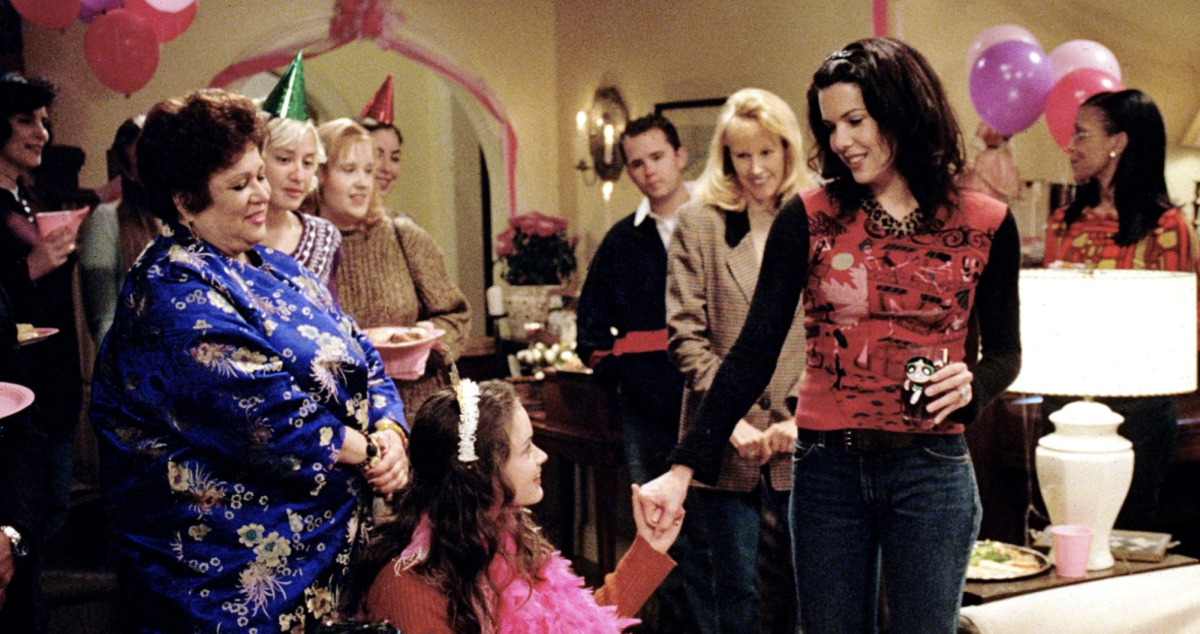



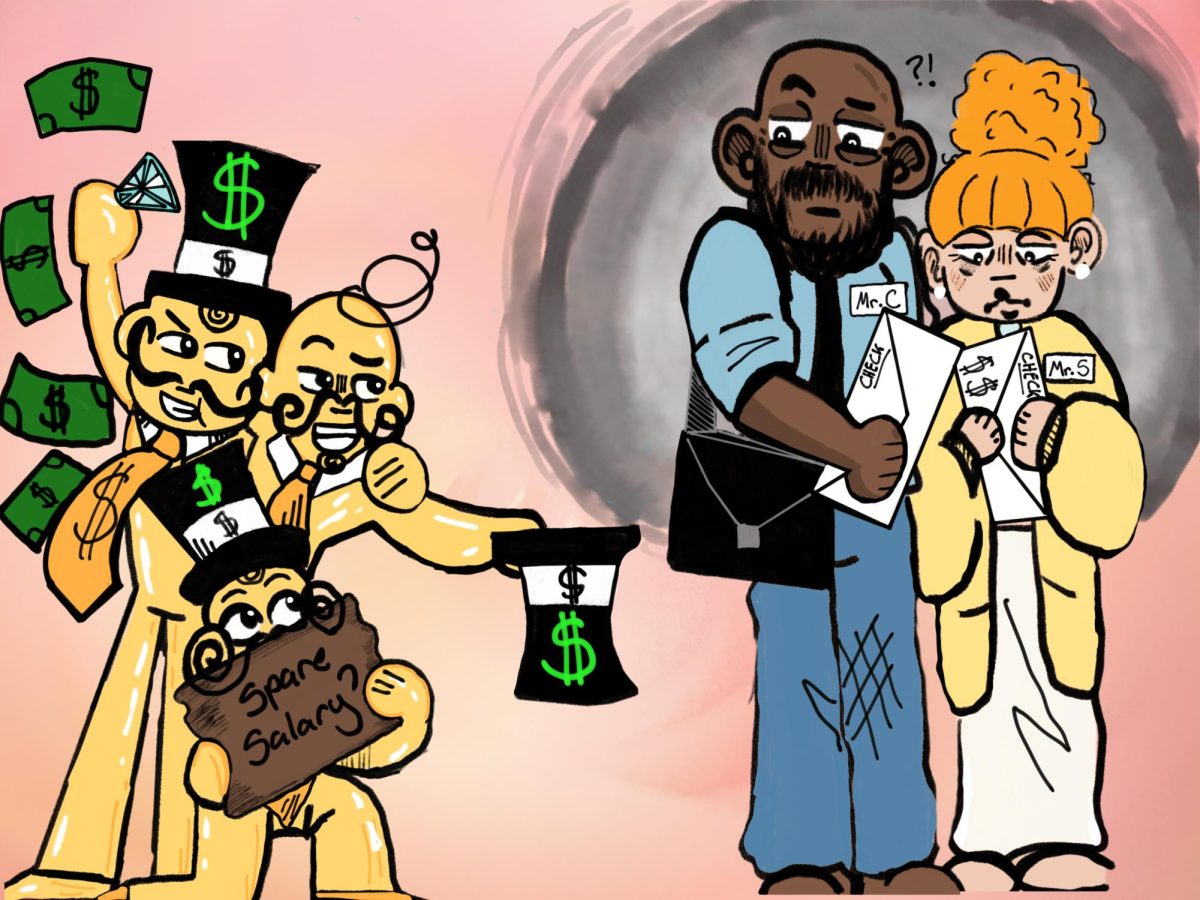

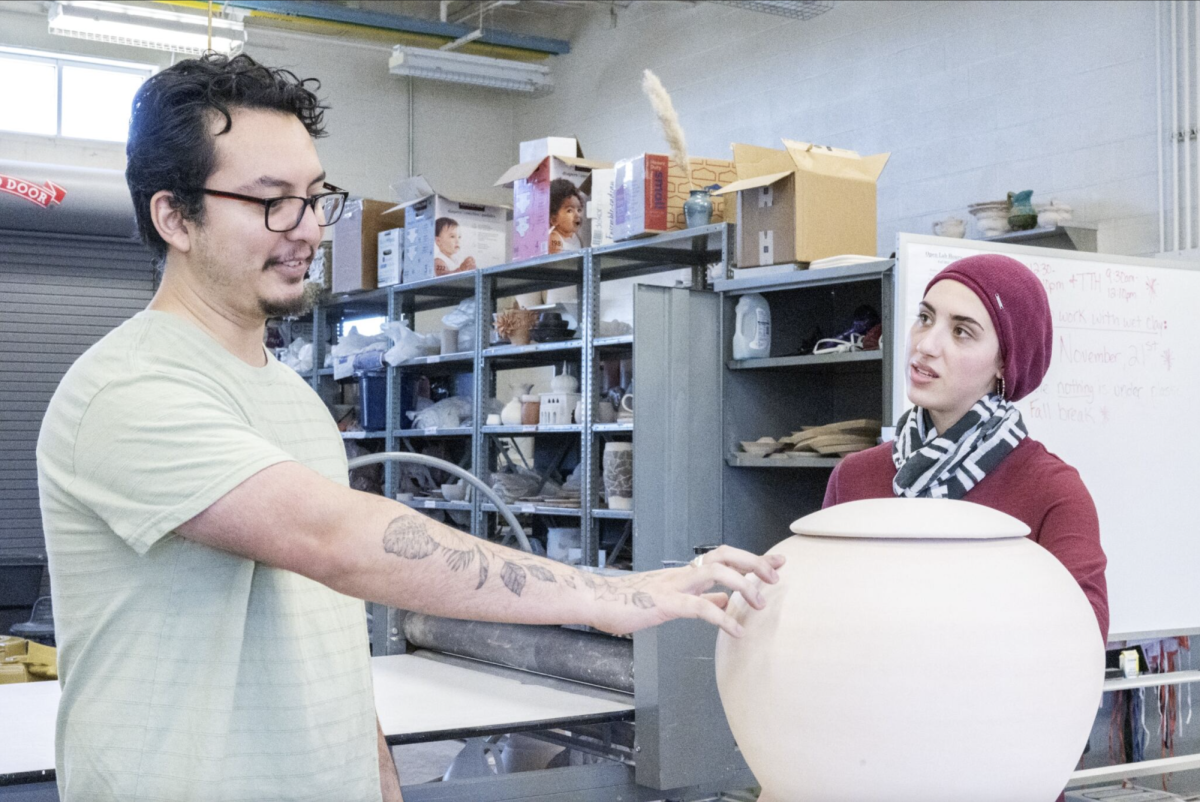

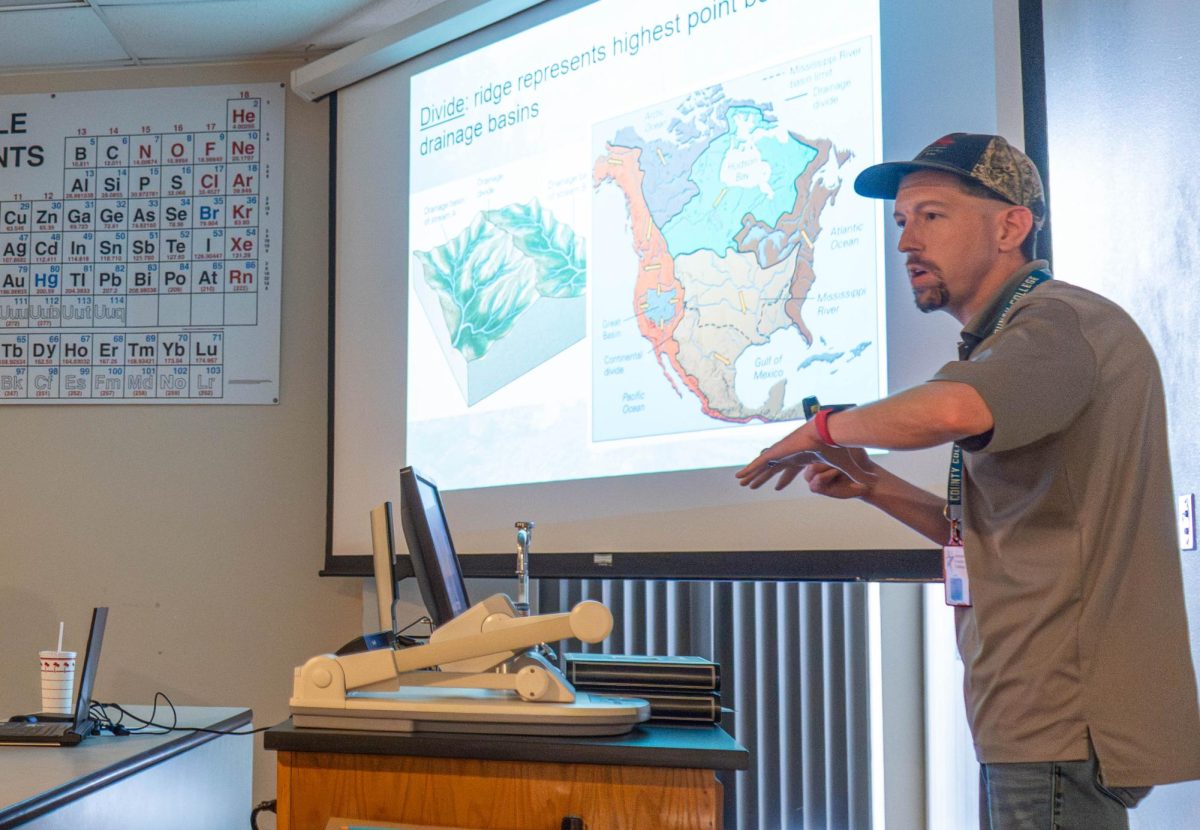
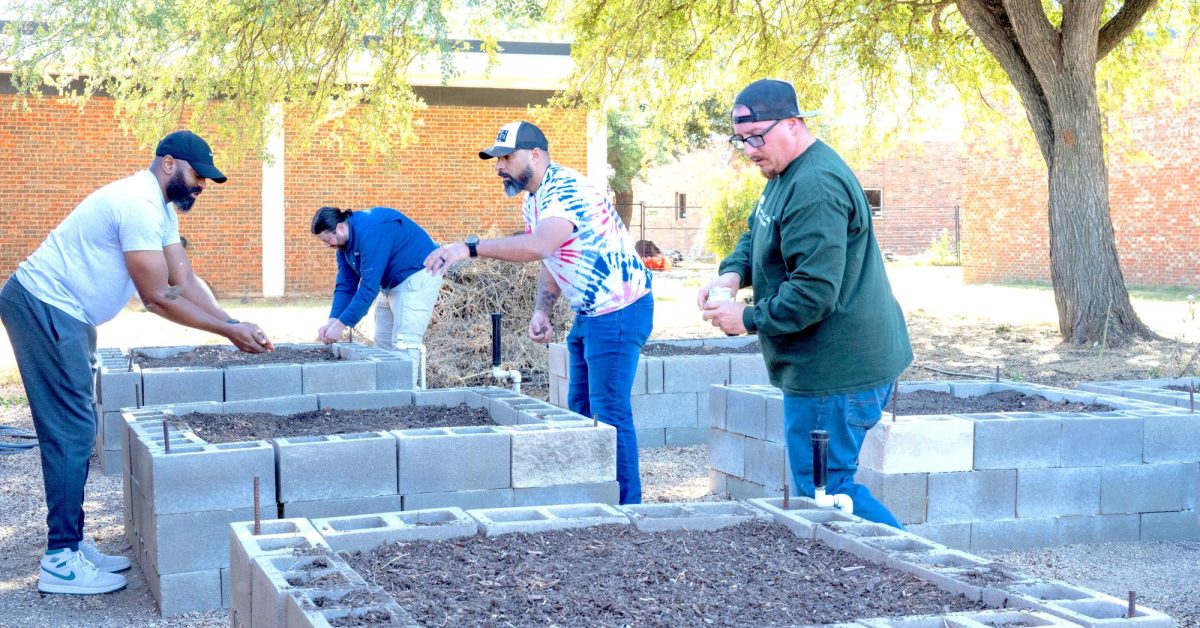
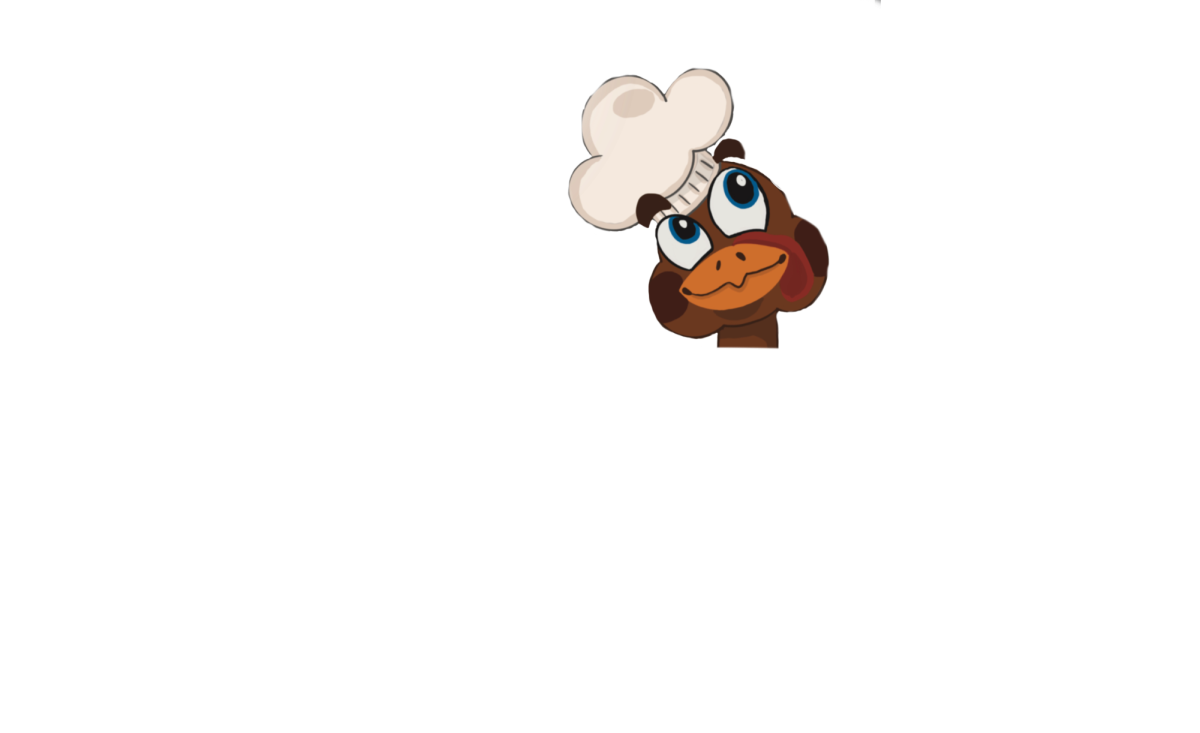
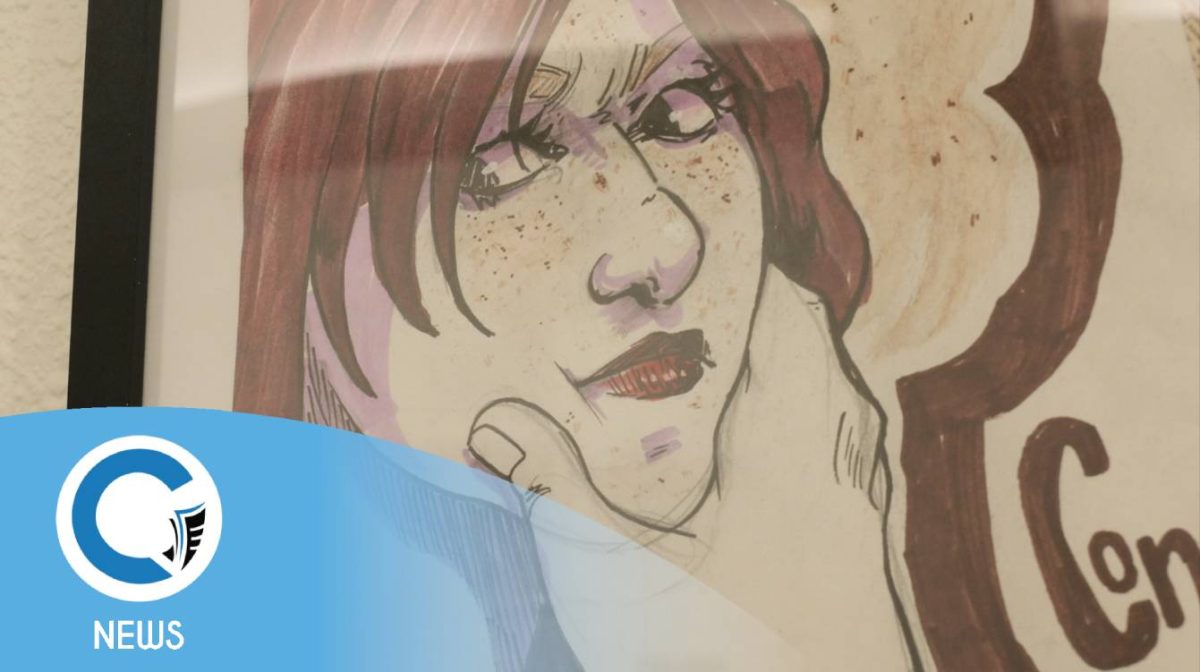
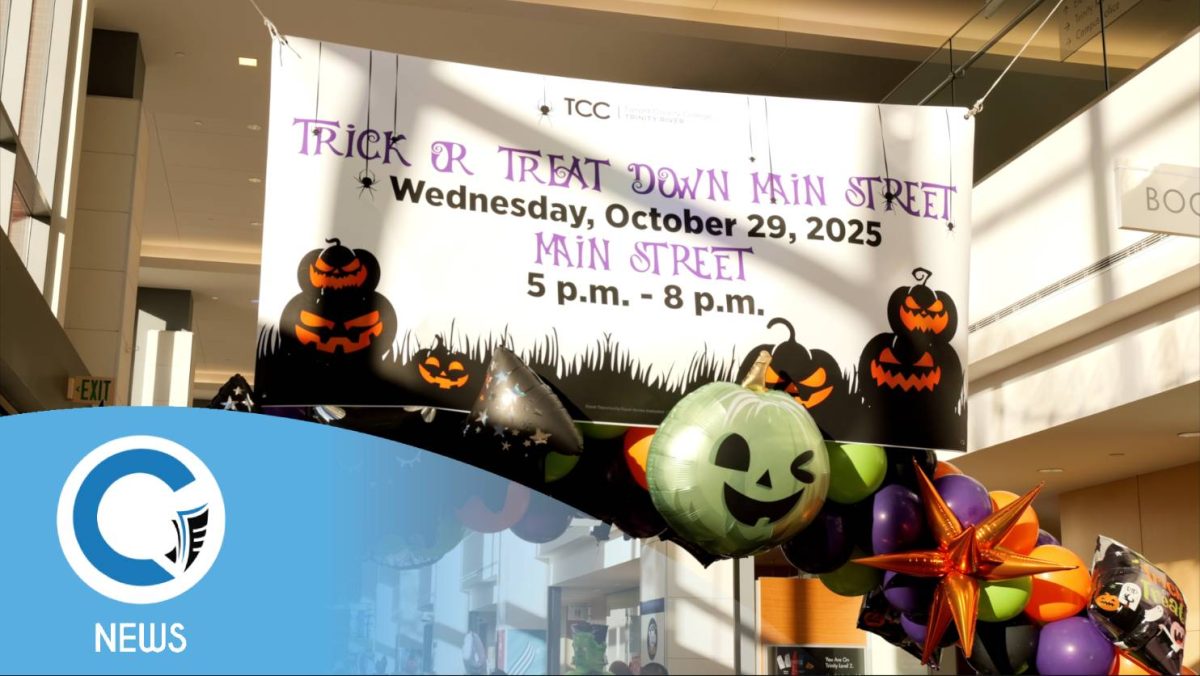
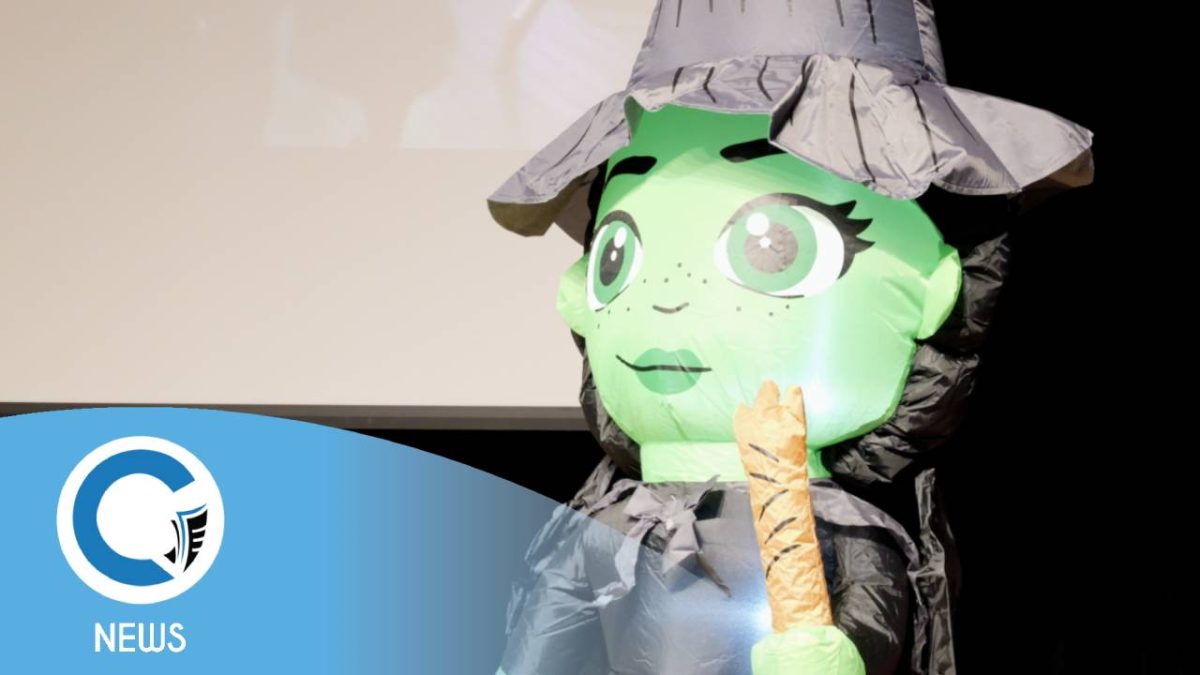

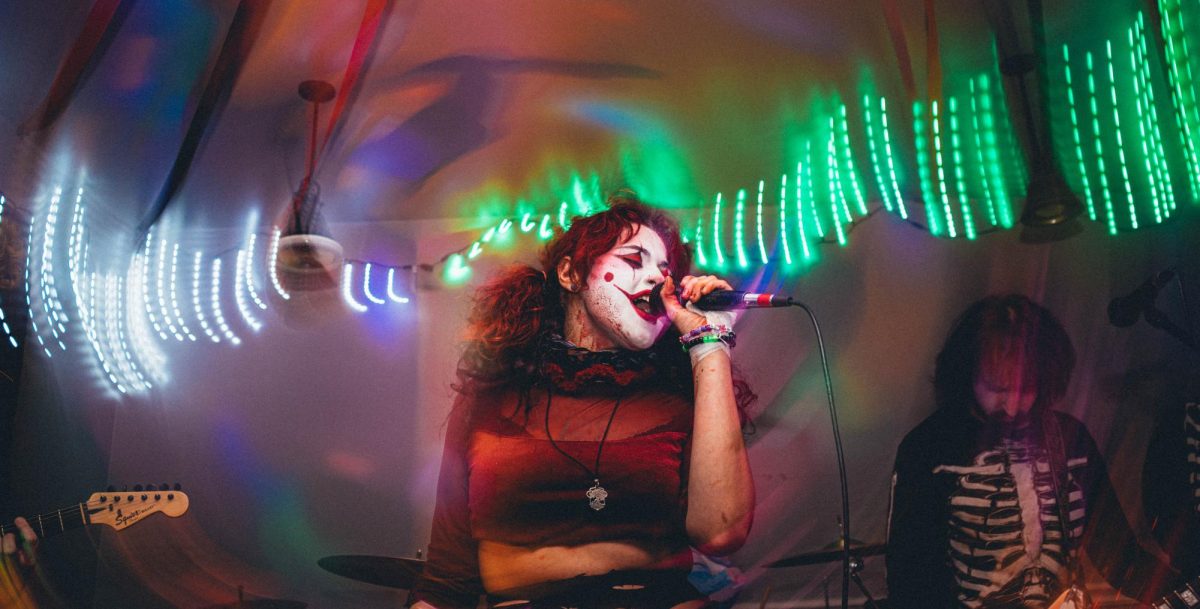
![A graph showing the percentage of weekly Tarrant County school district nurse visits
[blue] and school absences [green] related to influenza-like symptoms from November
2024 to March 2025. A noticeable spike occurs in the first week of February 2025 showing nurse visits are up 18% and absences up 7% from January 2025.](https://collegian.tccd.edu/wp-content/uploads/2025/02/Screenshot-2025-02-18-at-10.34.56 PM.png)





